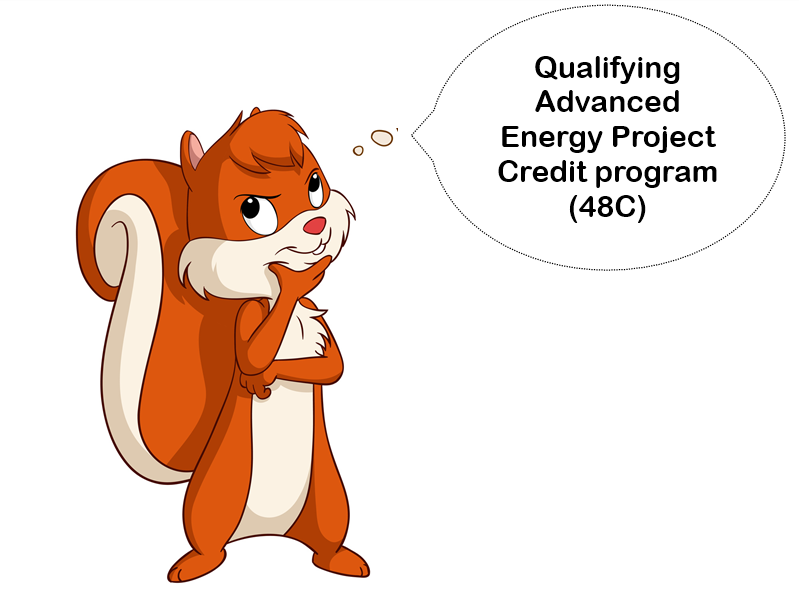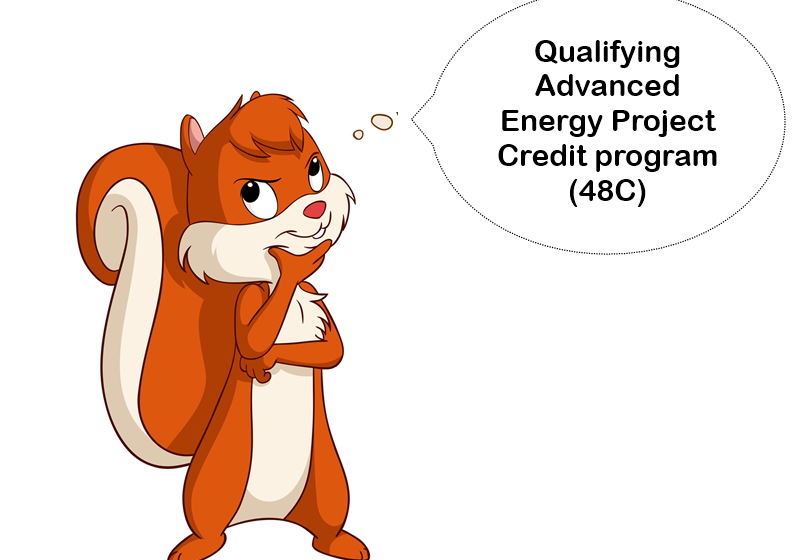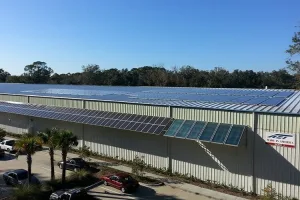

What is in the Inflation Reduction Act for solar thermal?
Since 30 June 2023 and until the end of July 2023 the US Department of Energy is accepting concepts for clean energy projects as applications for tax credits according to the Qualifying Advanced Energy Project Credit programme (48C). In total, USD 10 billion are available within the framework of § 48C of the national taxation law which is part of the Inflation Reduction Act. It is expected to encourage investment in environmentally friendly projects that contribute to the reduction of greenhouse gas emissions. These can include, for example, industrial companies that want to produce recycling technologies or facilities generating energy from solar, wind, and hydroelectric sources. The tax credits for renewable energy and the circular economy are not only intended to help achieve the country’s climate protection targets but also create high-quality jobs. Illustration: http://www.fotolia.de
When the administration of US President Joe Biden passed its Inflation Reduction Act (IRA) last year as a key element of its Investing in America Agenda this provoked accusations from the European Union that the new act was protectionist and designed to lure European companies to the United States. The US-American renewable energy industry benefits from the IRA, particularly from the modification of the Qualifying Advanced Energy Project Credit programme (48C). Its tax credits are intended to strengthen clean technology supply chains and to increase the competitiveness of the US industry in this area.
More than a quadrupled amount available for 48C tax credits
The Qualifying Advanced Energy Project Credit programme is not new. It was launched in 2009 as part of the American Recovery and Reinvestment Act (ARRA). According to data from the US government, back then the programme provided USD 2.3 billion in funding for investments in nearly 200 green projects, including the production of solar panels, lithium-ion batteries for green transportation and turbines for nuclear and hydroelectric power plants.
At that time, only a third of the applications for tax credit funding were approved. And strong competition for tax credits is also expected for the upcoming application round for the current 48C programme, as the energy transition has gained significant momentum since then. That is why within the IRA the US Treasury has more than quadrupled the amount available for 48C tax credits for emission-reducing investments to USD 10 billion.
Submitting concepts for advanced energy projects until 31 July 2023
USD 4 billion, however, is reserved for projects in so-called energy communities. These are areas designated in the 48C(e) Energy Communities Census Tracts that have a special need to promote employment, for example, due to the closure of coal mines or the decommissioning of coal-fired power plants.
Lately, the US Treasury and its Internal Revenue Service (IRS) released their Notice 2023-44 outlining final rules and guidance for accessing the 48C tax credits, which can cover up to 30% of the investment costs.
As became clear during a webinar on 27 June 2023 the US Department of Energy (DOE) will open its 48C eXCHANGE portal on 30 June 2023. Applicants can download application materials through it and submit their concepts for qualified advanced energy projects until 31 July 2023. The DOE will evaluate the concepts and send a letter to the taxpayer either encouraging or discouraging the taxpayer from filing a section 48C application. Regardless of whether the DOE makes a recommendation or not, any taxpayer remains eligible to apply for such a tax credit.

Factory site of Alternate Energy Technology (AET) in Florida which belongs to the Hawaiian Solaray Cooperation since the beginning of 2022 Photo: AET
IRA 48C improves the business environment for solar thermal equipment manufacturers
In the first round, USD 4 billion in tax credits will be awarded upon application, with USD 1.6 billion 48C(e) initially reserved for areas under the Energy Communities Census Tracts. Jessica Chrisman, Marketing Manager at the Honolulu-based Solaray Corporation appreciates the IRA 48C tax credit as a significant incentive for companies to invest in renewable energy systems. She hopes it could give the national solar water heating industry a significant boost. “It improves the business environment for solar thermal equipment manufacturers in the U.S. and could be a game changer for solar thermal energy, which is still underutilized despite its efficiency and recyclability”, she said.
By reducing manufacturing costs the 48C tax credit should make solar water heating systems less expensive and more accessible to consumers, Chrisman thinks. “This is a sought-after aspect for both homeowners and business owners, especially given the rise in energy costs across the nation.”
According to her, solar thermal applications should have a good chance of being approved because solar water heating is “a 100% recyclable thermal battery that increases the efficiency of other alternative energy sources like PV, geothermal, and heat pumps”. In general, she expects the adoption of the 48C tax credit through the IRA “to reduce reliance on traditional fossil-fuel-based systems”.
Solar Investment Tax Credit – a great support for the solar thermal sector
Her colleague from Florida-based Alternate Energy Technology (AET) Tara Byrom Prieto is more sceptical. According to her, the 48C Qualifying Advanced Energy Project Tax Credit “seems to be designed more in favour of other technologies like PV, not so much to support solar thermal technology”. She thinks the Solar Investment Tax Credit (ITC) launched in 2006 and still in force is more interesting. She explained that it grants a 30% tax credit and “an additional 10% commercially available for domestically manufactured products. This is great for our industry!”
At the beginning of 2022, Solaray acquired AET, which continues to produce solar thermal systems under its own name. According to Chrisman the takeover was “a strategic move to expand our renewable energy portfolio. The knowledge of AET experts brought us expertise to drive innovation and develop new innovative products and services to meet the evolving needs of the renewable energy market”.
Founded in 1973, Solaray does business in Hawaii as Inter-Island Solar Supply, a wholesale distributor of renewable energy equipment. Solaray also wholly owns SunEarth, a solar thermal manufacturer based in Fontana, California. The addition of AET to the Solaray group and their east coast manufacturing facility strengthens the total product portfolio and enables Solaray to reach distributors and contractors in all key US markets more efficiently.
Chrisman also commented that there are several state and regional initiatives available. Notable among these rebates, credits and incentives for solar water heating are the Affordable Heating Act in Vermont and the SoCalGas Rebate Program in Southern California, she mentioned.
Websites of initiatives and organizations mentioned in this news article:
Clean Energy Tax Provisions in the Inflation Reduction Act
Advanced Energy Project Credit
Qualifying Advanced Energy Project Credit (48C)
Solaray Cooperation / SunEarth
Alternate Energy Technologies
U.S. Federal Tax Credit for Residential Solar Water Heaters (ITC)